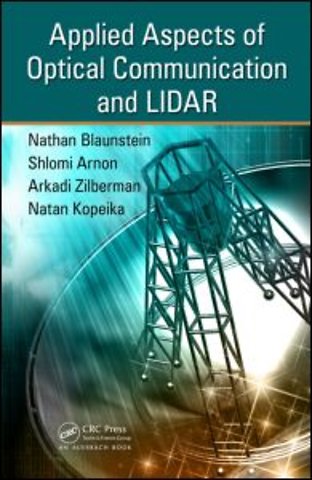Applied Aspects of Optical Communication and LIDAR
Samenvatting
Exploring the practical aspects of atmospheric optical communication and light detection and ranging (LIDAR), Applied Aspects of Optical Communication and LIDAR details the role of atmospheric structures in propagation phenomena that influence the transmission of optical signals through perturbed atmospheric communication channels. It examines numerous situations in over-the-terrain atmospheric communication channels, including the effects of natural phenomena and the corresponding features (turbulences and hydrometeors) on optical ray propagation.
Bridging the gap between the parameters of optical communication links and signal information data streams, this concise reference addresses line-of-sight (LOS) as well as obstructive non-line-of-sight (NLOS) propagation conditions. It also:
Details the main characteristics of optical communication channels
Introduces the quasi-regular gaseous atmosphere
Describes numerous situations in the atmospheric communication channel
Explains the main characteristics of optical communication channels
Complete with parameters for information data streams, the text also provides time-saving suggestions for determining which optical devices will work best for minimizing the deleterious effects of natural atmospheric phenomena. Whether you’re a researcher, an engineer, or student—this book provides you with the practical understanding required to use LIDAR to investigate all forms of atmospheric phenomena and to learn how to accurately predict primary parameters of atmospheric optical channels.
Specificaties
Net verschenen
Rubrieken
- aanbestedingsrecht
- aansprakelijkheids- en verzekeringsrecht
- accountancy
- algemeen juridisch
- arbeidsrecht
- bank- en effectenrecht
- bestuursrecht
- bouwrecht
- burgerlijk recht en procesrecht
- europees-internationaal recht
- fiscaal recht
- gezondheidsrecht
- insolventierecht
- intellectuele eigendom en ict-recht
- management
- mens en maatschappij
- milieu- en omgevingsrecht
- notarieel recht
- ondernemingsrecht
- pensioenrecht
- personen- en familierecht
- sociale zekerheidsrecht
- staatsrecht
- strafrecht en criminologie
- vastgoed- en huurrecht
- vreemdelingenrecht

